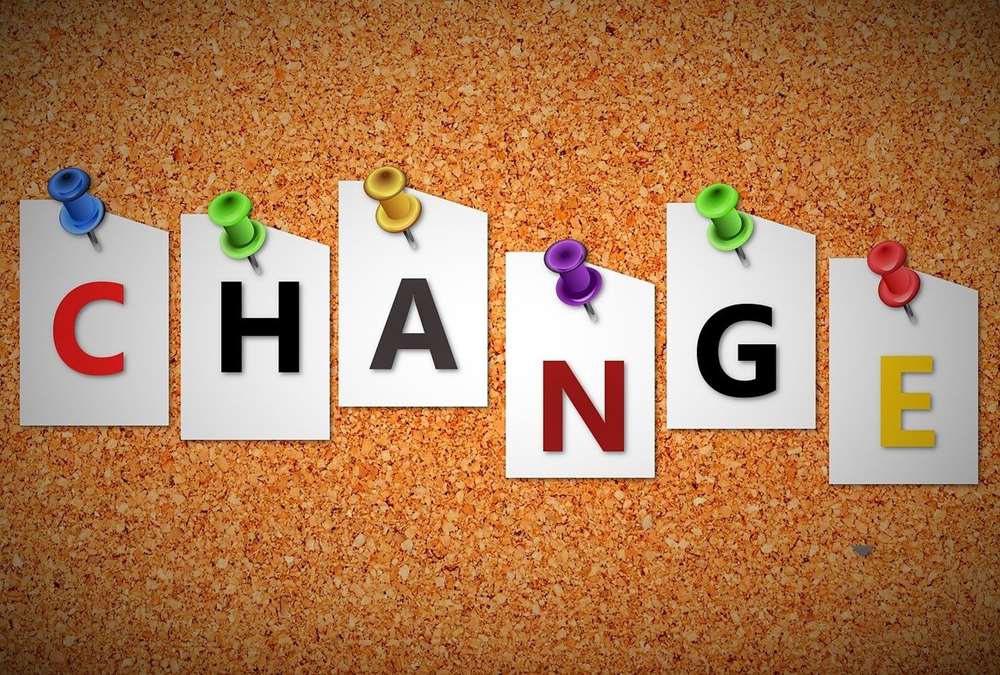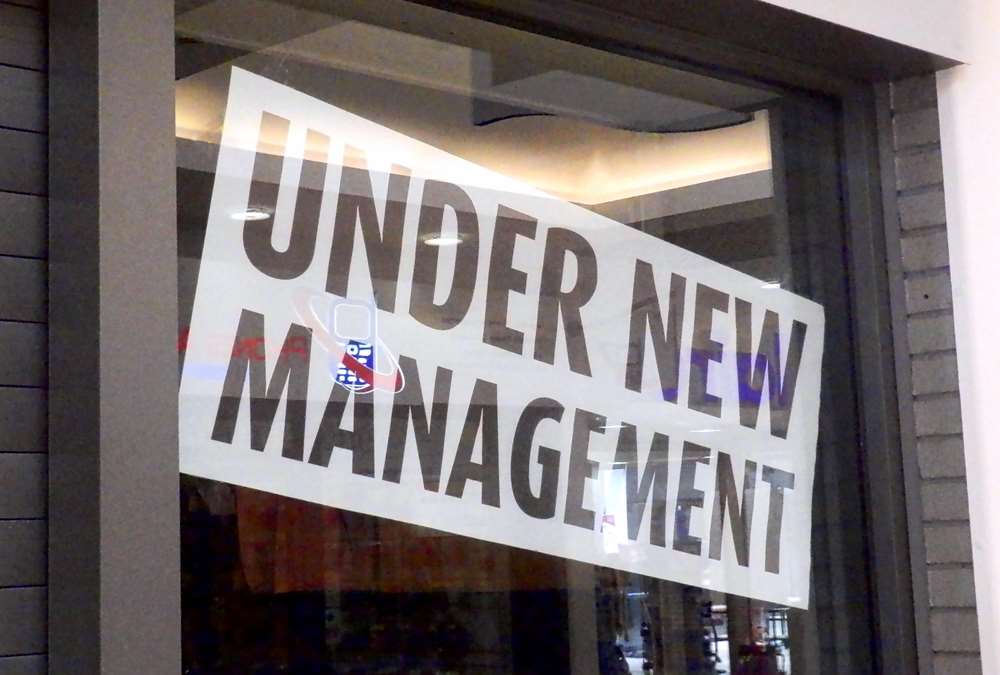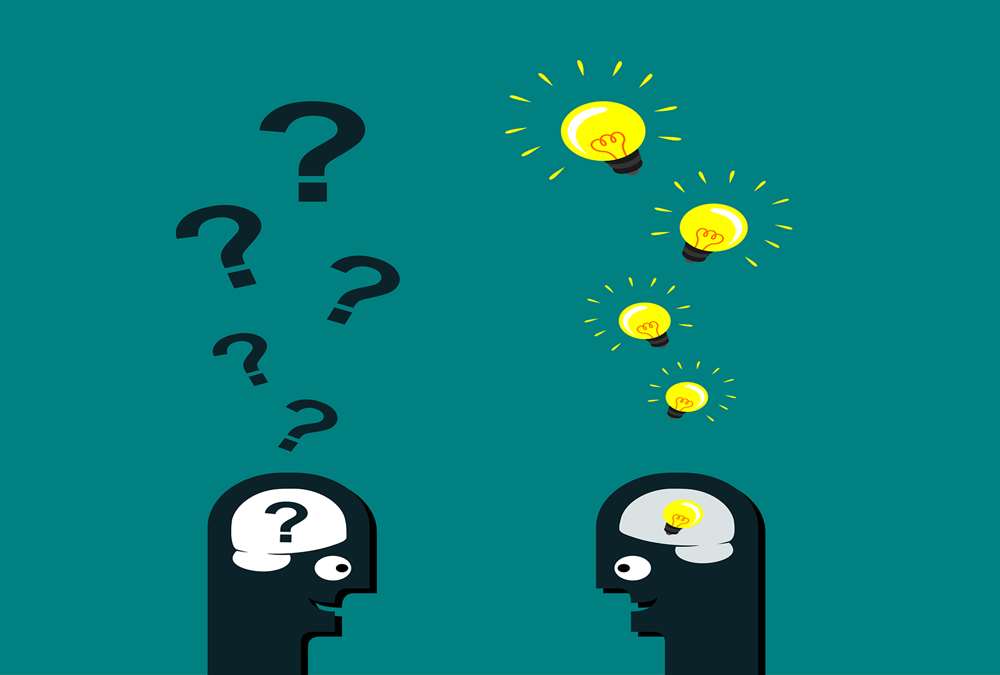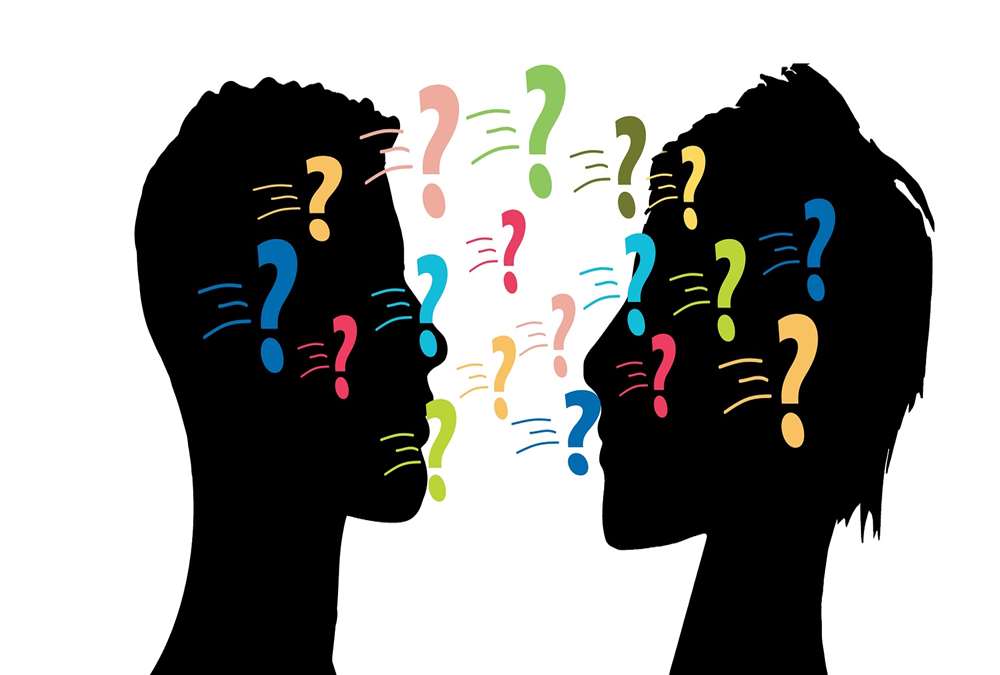
Leadership Skills – Change Management
“Some people change when they see the light, others when they feel the heat.”
brings you the best training material on Coping with change. In this section, we will discuss change, our attitudes and reactions to change, myths and realities of change, and skills to help us deal with change. It is one of life’s paradoxes that change is one of the few constants in our lives. It is therefore important for us to be able to understand the nature of change and develop strategies to deal with change.
Explore the Change Leadership Toolkit on how to manage change, so you can enjoy less stress and more success in your work and in your life.

Facilitative leadership involves involving employees in the decision-making process at all levels, strengthening their sense of belonging, responsibility and motivation. The facilitative leadership style uses a number of indirect communication patterns to help the group build consensus and build commitment to the decision being made. To be effective in modern organizations, managers must become facilitator leaders, learn what it means to be one.

The four main areas of an organization that require special attention when we discuss change in an organizational setup are organizational structure, technology, work environment, and people. Some people call it process, system and people. Change in an organization includes adapting to change, controlling change, and implementing change.

The brainstorming technique was developed by Alex F. Osborn in 1957 and brainstorming means that a team of members generates a large amount of alternative fruitful ideas on a specific problem without any criticism and then evaluates each idea by based on its advantages and disadvantages. Brainstorming techniques fall into four broad categories: viewing, exploring, modifying, and experimenting.

Listening is the basis of good communication. It is also the hardest skill to master. Do you listen to confirm what you already know, or do you listen to explore and learn new things? How can we create receptive communication as a listener? The true art of listening involves awareness and sensitivity to the feelings of the speaker, for it is at the level of feelings that true connection, relationship and healing occur.

At times like these, more than ever, it is critical that organizations appreciate the people management skills needed to successfully manage industry transformation and create a culture of innovation. Learn more to understand how, as a manager, you can help cultivate a culture of continuous innovation and adaptation to change.

Stress is an integral part of our life. No one can live without stress. Stress can be beneficial as well as harmful. Stress, as a positive influence, adds excitement and hope, while as a negative influence, it can lead to destructive feelings, anger, and depression. Although the general orientation of stress is to consider adverse outcomes, it should however be observed that experiences of stress can also facilitate the development of effective and varied coping behavior, increase personal resources and lead to a feeling skills in development. Stress at a moderate level is not only unavoidable but can be helpful for physical and mental well-being.

At different points in your professional career, it is useful to identify your core values. Values are the qualities considered the most important guiding principles that determine the priorities in your life and greatly influence your career choices. Your career brings happiness when it aligns with the beliefs you hold about what is important and meaningful to you. Being aware of your values will help you develop a clearer idea of what is most important to you in life.

David Kolb produced this popular learning model in 1984. The model suggests four stages of learning that most learners go through to learn effectively. Learning is in itself a process of change. Something adds to our perception and prepares us for the next impression, which will change our understanding even more, however small. Kolb’s contribution is significant because it practically equates change with learning.

We define Lean as the systematic elimination of waste through a continuous effort to reduce inefficiency; the lean leader strives to create a more efficient organization. Lean leadership is a philosophy. It’s a consistent way of thinking and being in your leadership role. The objective of this approach is to train new leaders and help their team adopt a culture of continuous improvement. Find out what we mean by Lean leadership style and its principles.
